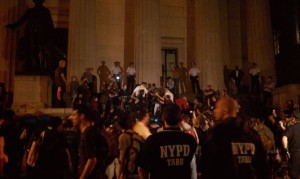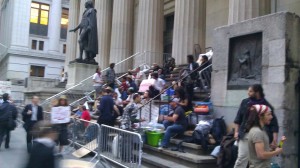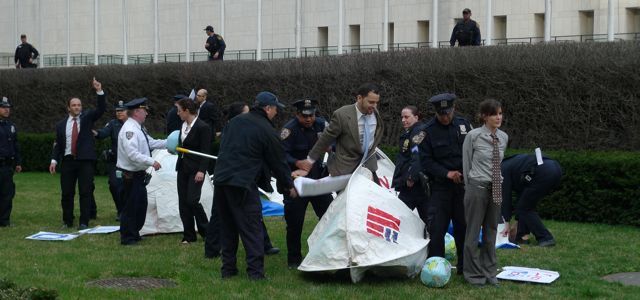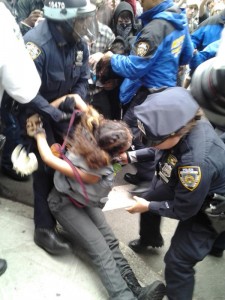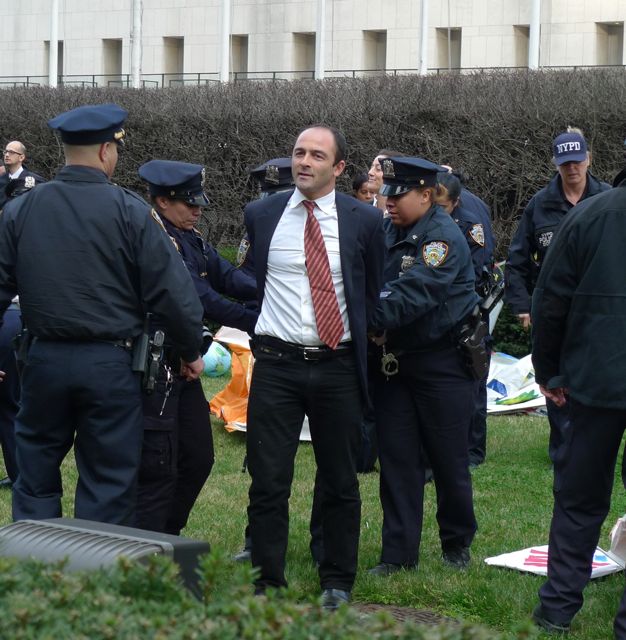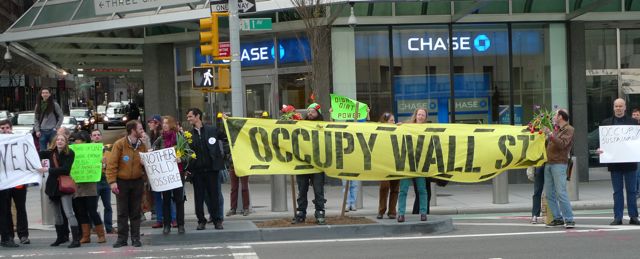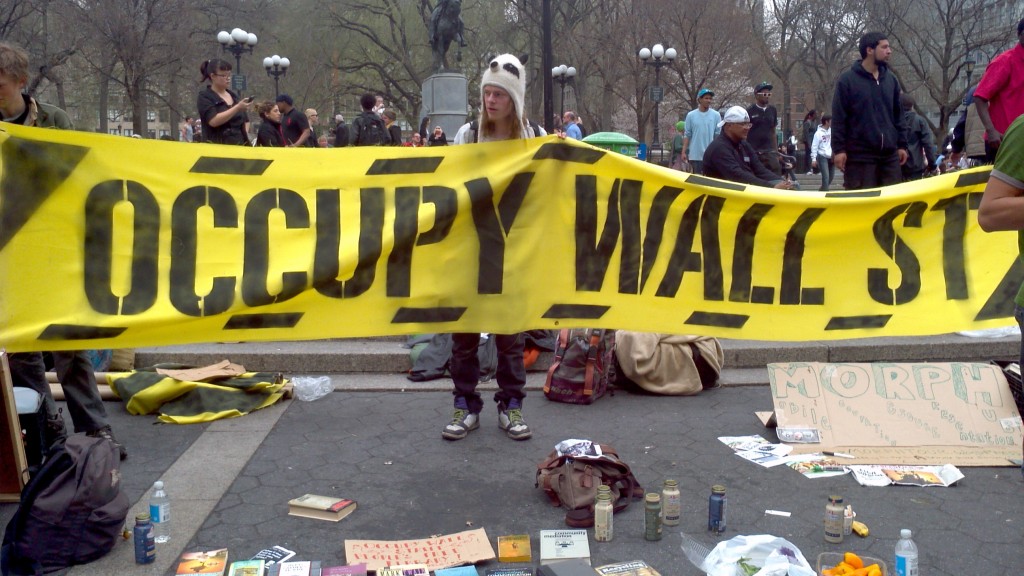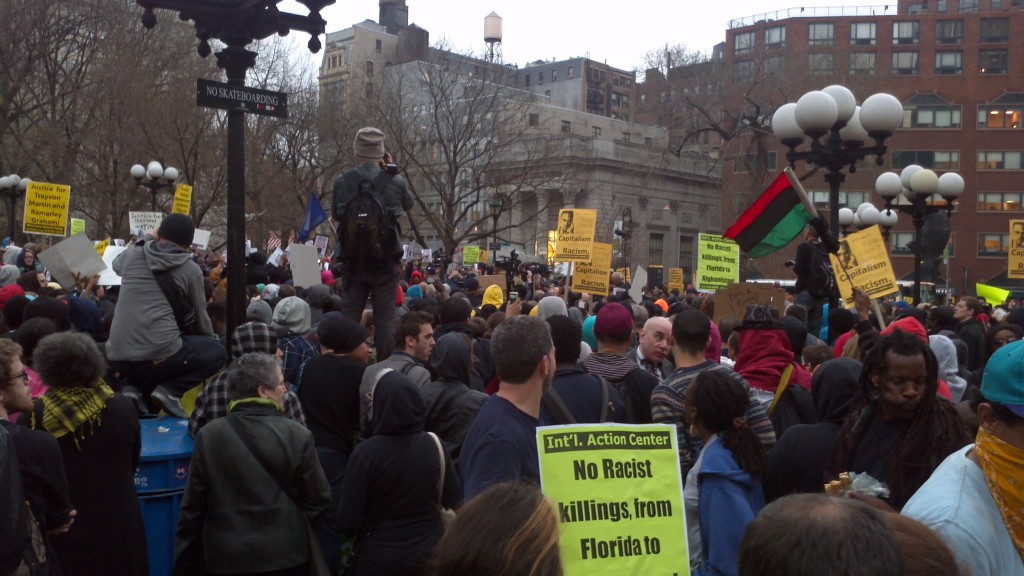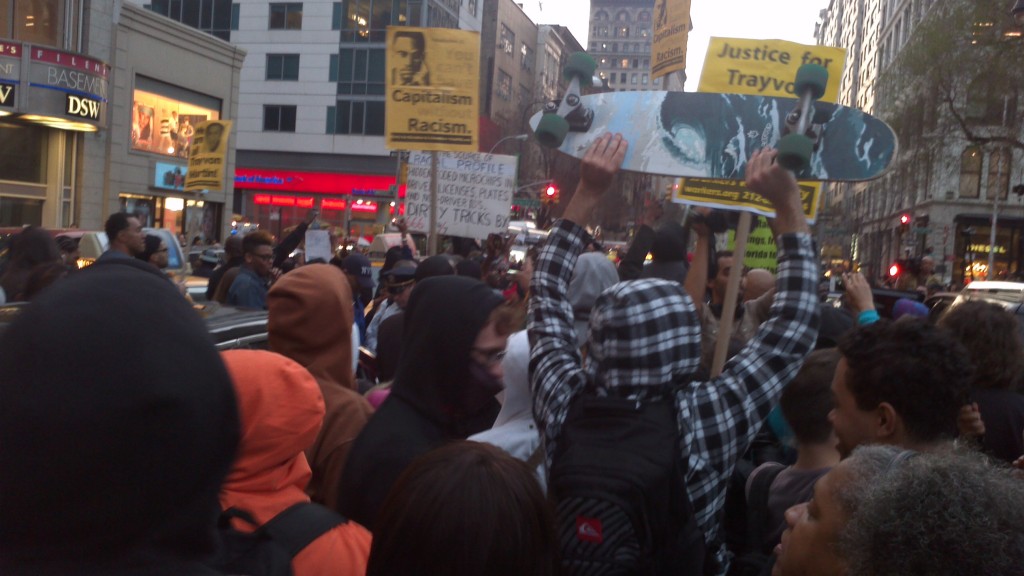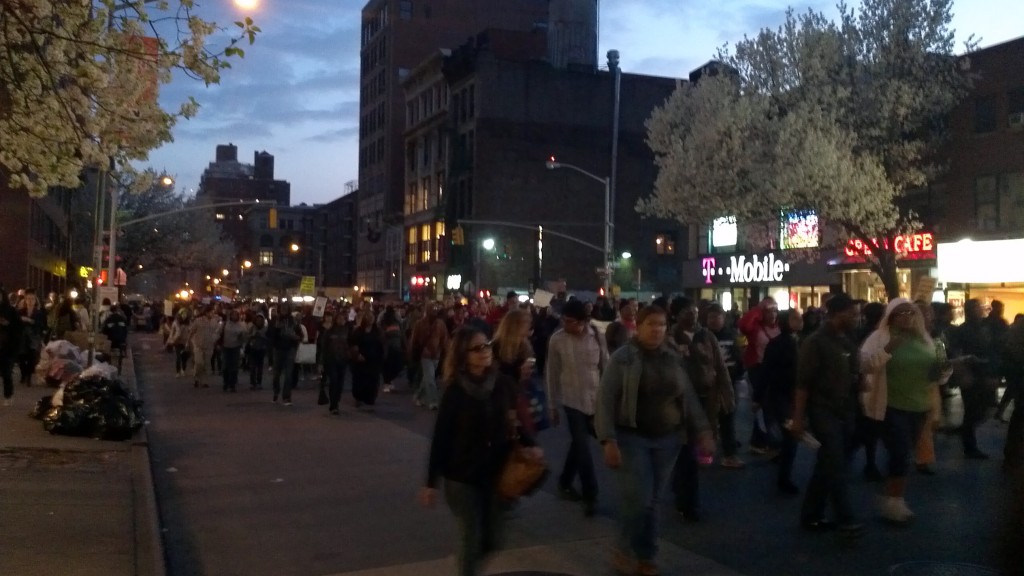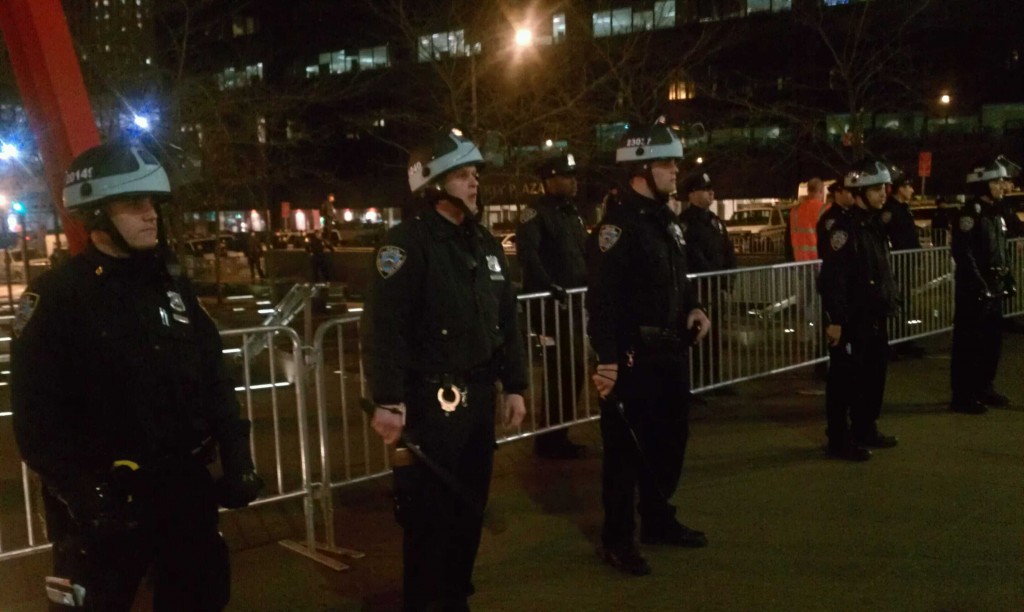The official report into the NYPD abuses relating to OWS is now out. It’s 195 pages long. Written by lawyers and academics from Harvard, NYU, Fordham and Stanford, it’s only the first in a series of seven. If you’re reading this, it’s probably not a wild surprise to you that the police went far beyond the law in their repression. Nonetheless, the full extent of their malfeasance, read in one document is pretty amazing.
For example, look at the table of contents for Chapter one:
Chapter One: Aggressive and Excessive Police Use of Force
1. Bodily Force: Pushing, Shoving, Dragging, Hitting, Punching, Kicking
2. Weapon Use: Batons, Pepper Spray, Barricades, Scooters, Horses
3. Restraints: Flex Cuff Injuries
4. Delays and Denial of Medical Care
5. Unnecessary Police Force Violates and Suppresses Protest Rights
The report notes that about 7,000 people have been arrested across the ten months of the Occupy protests in the U. S., while the number of financial crimes prosecuted is at a 20 year low. 85 journalists have been arrested, 44 in New York alone. There have been 130 reported incidents of (alleged) physical force by the NYPD “that warrant investigation”, according to the report. From my own experience, either that number is very low, or I have happened to witness a strikingly high percentage of these incidents.
There’s a useful history of both the movement and the relevant law that has lots of interesting detail. For example, Zuccotti Park was originally created in 1968 by U. S. Steel in order to get its zoning variances. So the shift of the space from US manufacturer to Canadian real estate company tells a certain story in itself. The extensive footnotes and references make the document a vital source for future research on OWS.
Most of the text concentrates on the suppression of dissent by force. It cites a definition of force:
The International Association of Chiefs of Police defines force as “that amount of effort required by police to compel compliance from an unwilling subject.” Excessive force is defined as “the application of an amount and/or frequency of force greater than that required to compel compliance from a willing or unwilling subject.”
The Supreme Court has far vaguer definitions of “objective reasonableness” versus violence that would “shock the conscience.” What would shock the conscience of Antonin Scalia or Clarence Thomas I wonder? Technically, the NYPD require their own officers to intervene “if the use of force against a subject clearly becomes excessive.” Anyone seen that? Thought not.
Indeed, the report notes that in New York there has been “near-complete immunity for alleged abuses.” The most serious of these include:
hard kicks to the face, overhead baton swings, intentionally applying very hard force to the broken clavicle of a handcuffed and compliant individual
More “routine” allegations, reported nearly 100 times, include:
- Pushing;
- Shoving, tackling, or throwing forcefully backwards, to the ground, or against a wall;
- Dragging along the ground;
- Hair pulling;
- Hitting or punching, including to the head and face; and
- Kicking, including to the head and face
As they indicate, these “minor” incidents have a notable “chilling” effect on free speech because people feel scared to attend legal protests for fear of suffering assault. What’s particularly useful about this report is that it does not end on November 15 with the eviction of Zuccotti but continues to document police violence as recently as July. Here is a retort to the “nothing to see here” attitude of the mainstream media for the past seven months.
The police themselves have plenty to look at, based on their near total surveillance of OWS. The Tactical Assistance Response Unit (TARU) videos everything. The report notes that one a June 6 march about debt, TARU filmed by-standers in close-up, who came to the windows of their apartments to see what was happening. Medical personnel have been video-ed while treating people. The permanent filming is in breach of the NYPD’s own code of practice. The only upside is that with so much material, there’s not much they can do with it.
Highlighting numerous ways in which the NYPD violate international law, the report recommends a number of perfectly sensible reforms to police practice, none of which will even be considered by Ray Kelly and his self-satisfied leadership. Indeed, the NYPD refused to co-operate with the report and have refused to comment on it. So, the conclusion states:
If New York officials fail to announce a good faith intention to undertake these measures, the United States Department of Justice should exercise its authority to investigate allegations of official misconduct. United Nations Special Rapporteurs with mandates addressing expression, assembly, and human rights defenders should also investigate US practice.
There is precedent here, during the Civil Rights Movement, for such actions. However, one motivation for such investigation was the presence of the Soviet Union, taunting the U. S. with its own contradictions. Now that the U. S. sees itself as the sole global agent of military force, it is unconcerned with international law and its international reputation.


